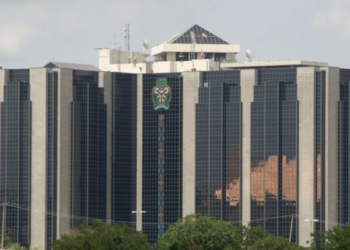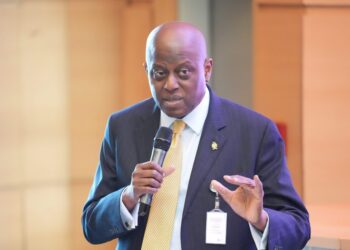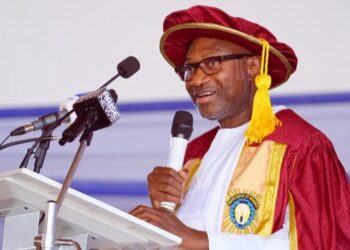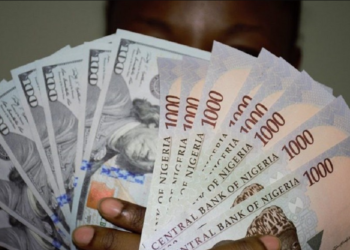Nigeria’s external reserves have climbed to $40.11 billion as of July 2025, according to the Central Bank Governor, Yemi Cardoso.
He disclosed this during the Monetary Policy Committee (MPC) briefing held on Monday, July 22, 2025.
Cardoso noted that the $40.11 billion reserve level represents approximately 9.5 months of import cover, signaling a significant boost to Nigeria’s foreign currency buffer.
This is the highest level recorded since November 2024 when it hit $40.2 billion
making this a significant rebound in Nigeria’s foreign currency buffers amid ongoing efforts to stabilize the exchange rate and rebuild investor confidence.
Key Economic Indicators
The CBN also reported sustained stability in the foreign exchange market, citing increased capital inflows, improved crude oil production, rising non-oil exports, and reduced imports.
- Gross External Reserves: $40.11 billion, sufficient for 9.5 months of import cover
- Capital Inflows: Increased inflows contributing to stability in the foreign exchange market
- Crude Oil Production: Improved production levels supporting economic stability
- Non-Oil Exports: Rising exports contributing to economic growth
- Imports: Reduced imports aiding stability in the foreign exchange market
Inflation Outlook
Cardoso noted that staff projections indicate a continued decline in inflation in the coming months, driven by:
- Tight Monetary Policy: Supporting price stability and reducing inflation
- Stable Exchange Rates: Contributing to reduced inflationary pressures
- Declining PMS Prices: Lower prices for petroleum products aiding inflation reduction
- Harvest Season: Expected to increase food supply and reduce prices.
The CBN’s Monetary Policy Committee (MPC) is scheduled to meet again on September 22 and 23 to review the country’s economic performance and make further policy decisions.
Economic Growth and Inflation Projections
The International Monetary Fund (IMF) projected Nigeria’s inflation rate to decline to 23% in 2025 and further to 18% in 2026.
The Fund also expects the country’s economic growth to rise from 2.9% in the previous year to 3.3% in the current year, driven by recovery in the oil sector and advancements in agriculture.




















